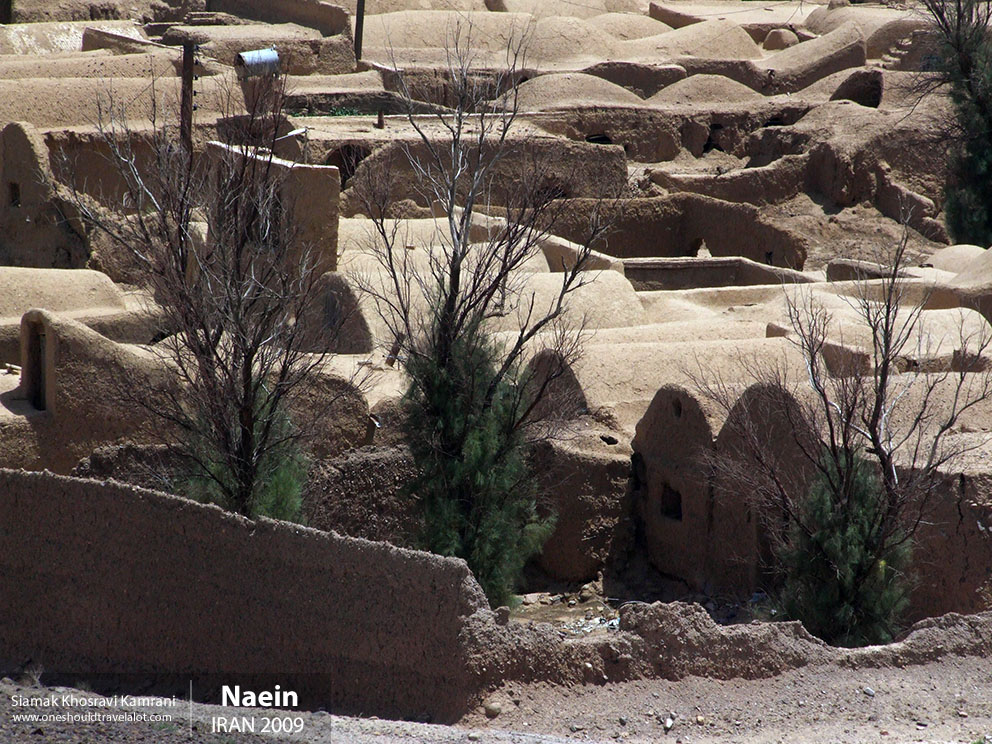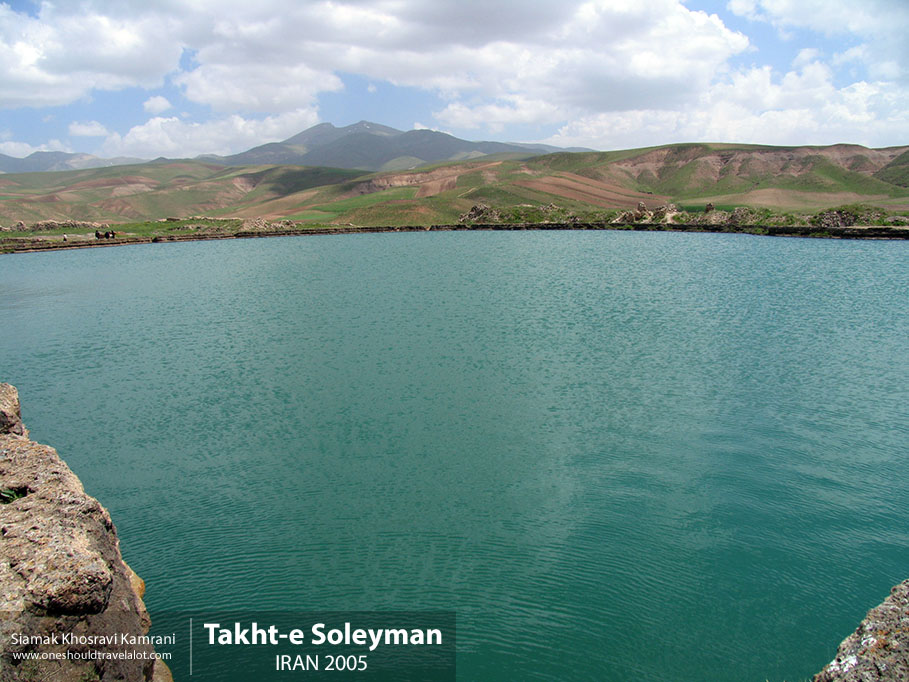Exploring the Enchanting Island of Qeshm: A Photographer’s Journey
Nestled in the azure waters of the Persian Gulf lies Qeshm, Iran’s largest island. As I set foot on this enchanting island, I am immediately greeted by the warm breeze carrying the scent of the sea. Qeshm, known for its unique geological features, rich history, and vibrant culture, promises to be a haven for any photographer eager to capture its myriad of wonders.
The First Impression: A Blend of Nature and Tradition
From the moment I arrived, I could feel the unique charm of Qeshm. The island’s standard of living is relatively modest compared to Iran’s mainland, yet it boasts a rich tapestry of natural beauty and cultural heritage. The locals, primarily of Persian and Arab descent, speak a dialect of Persian infused with Arabic, adding a melodic quality to their conversations. The people of Qeshm are warm and hospitable, always ready with a smile and eager to share their stories.
Discovering the Natural Wonders
The Breathtaking Chahkooh Canyon
One of my first stops is the Chahkooh Canyon, a natural wonder that leaves me in awe. The canyon, with its towering walls and narrow passageways, is a masterpiece sculpted by wind and water over millennia. As I navigate through the canyon, my camera captures the play of light and shadow on the sandstone walls, creating mesmerizing patterns. Each twist and turn of the canyon reveals new perspectives, making it a photographer’s paradise.
The Mysterious Stars Valley
Another highlight of my trip is the Stars Valley, a geological phenomenon believed by locals to have been formed by falling stars. As I explore this otherworldly landscape, I am struck by the surreal rock formations that resemble figures from a fantastical tale. The valley’s eerie silence and the setting sun casting long shadows create an ethereal atmosphere, perfect for capturing dramatic photographs.
Immersing in the Local Culture
The Traditional Lenj Boats
Qeshm’s culture is deeply intertwined with the sea, and nowhere is this more evident than in the island’s traditional Lenj boats. These wooden vessels, used for fishing and trading, are a testament to the islanders’ seafaring heritage. I spend an afternoon at the shipyard, watching skilled craftsmen meticulously build and repair these boats using age-old techniques. The rhythmic hammering and the scent of freshly cut wood transport me back in time, and I capture these moments to preserve the island’s maritime traditions.
The Bustling Qeshm Bazaar
No visit to Qeshm would be complete without a stroll through its bustling bazaar. The market is a sensory overload, with vibrant textiles, aromatic spices, and the chatter of merchants bargaining with customers. Here, I meet artisans weaving traditional Bandari fabrics and goldsmiths crafting intricate jewelry. Each stall tells a story, and I am eager to document the lively atmosphere and the colorful characters I encounter.
The Heartbeat of Qeshm: Its People
The people of Qeshm are the island’s true treasure. Their resilience and adaptability are evident in their daily lives, shaped by the island’s sometimes harsh conditions. I am particularly moved by the warmth and generosity extended to me, a foreign visitor, by the locals.
A Day with the Fishermen
One morning, I join a group of fishermen as they set out to sea at dawn. The experience is humbling, as I witness their deep connection to the ocean and their intimate knowledge of its moods. The fishermen’s camaraderie and their respect for the marine environment are palpable, and I capture these moments, hoping to convey their way of life through my lens.
The Traditional Music and Dance
In the evenings, the island comes alive with the sound of traditional music. I attend a local gathering where men and women perform the Bandari dance, a vibrant and energetic expression of their culture. The rhythm of the drums, the strumming of the tar, and the graceful movements of the dancers are a feast for the senses. My camera clicks away, trying to freeze these fleeting moments of joy and cultural pride.
The Blend of Old and New
Qeshm is a place where tradition and modernity coexist harmoniously. The island has seen development in recent years, with improved infrastructure and a growing tourism industry. Yet, it has managed to retain its unique identity and cultural heritage.
The Mangrove Forests
A trip to Qeshm would be incomplete without exploring its lush mangrove forests, known locally as Hara forests. These forests are a sanctuary for a diverse range of wildlife, including migratory birds, crabs, and fish. As I paddle through the tranquil waters in a small boat, I am surrounded by the symphony of nature. The reflections of the mangroves in the water create a serene and magical scene, perfect for capturing with my camera.
The Modern Qeshm
Despite its rich history, Qeshm is not stuck in the past. The island is witnessing a wave of modernization, with new hotels, restaurants, and shopping centers springing up. The Qeshm Free Trade Zone has brought economic growth, attracting businesses and tourists alike. This blend of old and new creates a dynamic atmosphere, and I find myself photographing both the traditional and contemporary aspects of the island.
Travel Tips for Future Visitors
- Best Time to Visit: The ideal time to visit Qeshm is during the cooler months from November to April.
- Local Cuisine: Don’t miss trying the local seafood dishes, particularly the grilled fish and shrimp.
- Cultural Sensitivity: Dress modestly and respect local customs, especially when visiting religious sites.
- Getting Around: Renting a car is a convenient way to explore the island, but taxis are also available.



